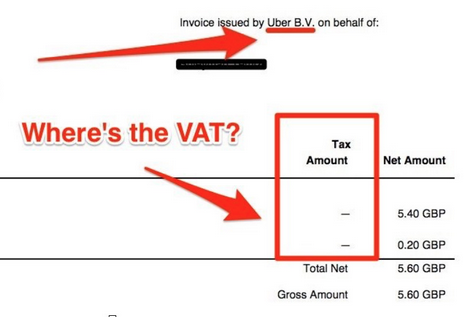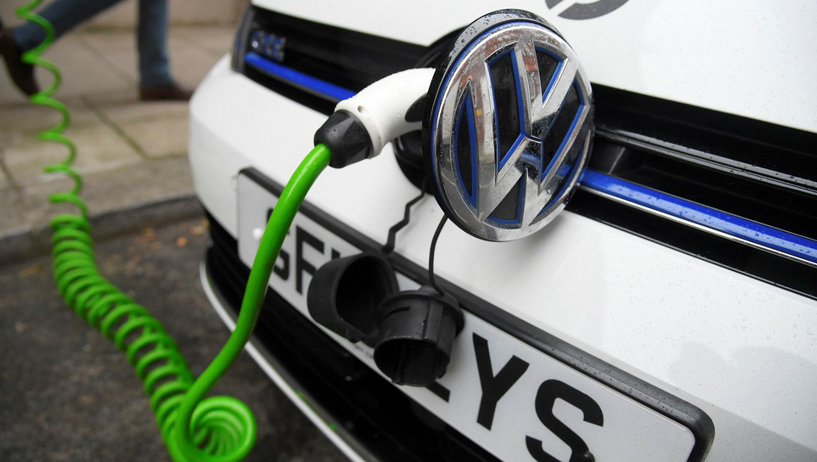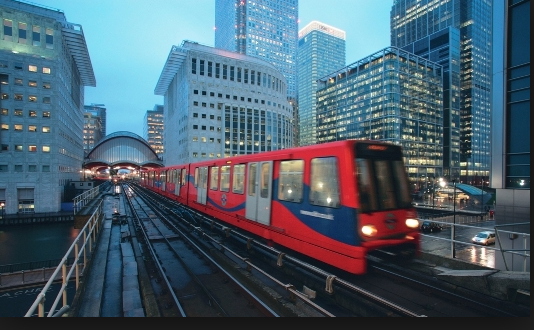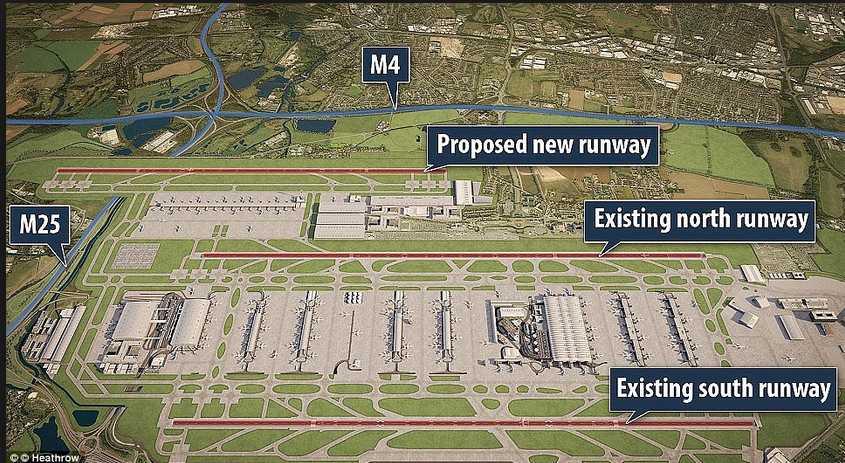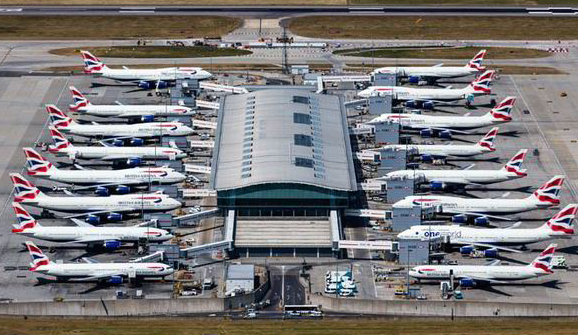The House of Commons Transport Committee is holding an inquiry into zero emission vehicles and road pricing. I submitted evidence set out below.
Main points
- There is a case for road pricing both to replace fuel duty revenues lost as ZEVs replace conventional vehicles and to help manage road traffic congestion.
- The charge for road use might comprise two elements: one generating a revenue stream for the Exchequer and another for the local authority, which would allow substantial devolution of responsibilities for transport provision.
- There would be attractions in the incremental introduction of national road pricing, building on the successful congestion charging arrangements in London.
Rationale for road pricing
The move to ZEVs will result in the loss of revenue from road fuel duty, as well as from VED were ZEVs to remain zero rated. Revenue from the former amounts to some £28 billion a year and from the latter some £6 billion. This prompts consideration of some form charging for road use to make up the loss.
The case for zero VED for electric vehicles (EVs) is to incentivise their uptake, a reason that will become irrelevant as the capital cost of EVs falls and as sales of new conventional vehicles are phased out. So, in due course VED could be applied to road vehicles generally, and if set at a rather higher rate could cover the annual cost of capital and current expenditure on national and local roads of £8 billion, obviating the need for road pricing to ensure that drivers pay for the roads they use.
One argument some make for road pricing is that without fuel taxation or a similar charge related to distance travelled, the running costs of EVs would be substantially lower than that of conventional vehicles, which would result in more miles travelled and thus more congestion, carbon emissions and other externalities. One scenario of the Department for Transport’s (DfT) 2018 Road Traffic Forecasts illustrates this expectation[1]. However, in recent years the average distance travelled by car has remained stable, being limited by the time available for travel, the speed of travel and the proportion of households owning cars, none of which have increased in this century. It is therefore not to be expected that the replacement of the internal combustion engine by the electric motor would have much impact on vehicle use.
Another argument for road pricing is to alleviate road traffic congestion, the intention of the London congestion charge. Experience has shown that reduction of congestion is quite limited at the level of charging typically employed, particularly in a prosperous city like London where many are able to afford the charge[2]. Charging for road use benefits those who can readily afford to pay by displacing those who are less able, generating increased inequalities in use of the road network that historically has been a relatively egalitarian domain. Nevertheless, congestion relief is in principle a possible aim of the road pricing regime, although the magnitude of the charge would need to reflect both the level of congestion and affordability in the locality if congestion is to be effectively ameliorated. Related to this is charging polluting vehicles, as in London’s Ultra Low Emission Zone (ULEZ), the rationale for which will diminish over time as EVs are increasingly used, yet which may remain relevant in respect on non-tailpipe particulate releases from vehicles.
Revenue from the London congestion charge and the ULEZ are retained by the city authority, as are charges for low emission zones planned elsewhere, ring-fenced for expenditure on transport services, and likewise revenues from parking charges. A national scheme for road user charging might comprise revenues both for the Exchequer as well as for local authorities, the latter setting levels of charges to reflect local conditions, including congestion and other environmental impacts of traffic, as well the need for revenues for road maintenance. There would be attractions in allowing local authorities to set their share of the road user charge to cover the full cost of local transport provision, obviating the need for grants from the DfT (other than perhaps for ‘rebalancing’ purposes). The Exchequer element of the charge could depend on the type of road, for instance higher for motorways that are funded nationally, and could vary by region to aid ‘rebalancing’ policies.
Introduction of road pricing
There would be attractions in introducing road pricing for EVs alone, on the rationale that they should pay their fair share of the costs of the road network that conventional vehicles are paying via fuel duty. However, the lower operating costs of EVs are a necessary incentive to purchase while capital costs remain higher. As capital costs fall, as is expected, scope would develop to charge users of EVs by introducing a road pricing regime from which conventional vehicles were exempt.
Introduction of general road pricing on top of fuel duty would be invidious for lower income motorists who are likely to continue to use conventional vehicles for longer than the better off. Accordingly, one possibility would be to introduce a general road pricing system but crediting conventional vehicles with the fuel duty they pay. This is the basis of a voluntary pilot scheme in Oregon[3]. Because this scheme is voluntary, uptake is incremental, in contrast to an obligatory scheme that would have to be imposed all at once.
It is worth considering options for incremental roll-out of national road pricing, given the potential difficulties of overnight national implementation of charging and enforcement technologies. In London, the existing congestion charging system functions sufficiently well and is publicly acceptable, but its scope is limited by the fixed charge for entering the charging zone.
There are a number of incremental developments of the London scheme that might be feasible:
- Encourage participation via a smartphone app by offering a discount from the standard daily charge;
- Take advantage of location awareness of smartphones to identify when the user is both in a vehicle registered for the charge and in the charging zone, backed up by camera enforcement as at present;
- Encourage entry and exit from the charging zone outside times of peak congestion by offering a discount from the standard daily charge;
- Increase the standard charge but offer discounts to encourage use when and where traffic is less congested;
- Extend the charging to other areas of London where congestion is a problem;
- Make the charging and enforcement systems available to other cities that wished to manage local traffic, incentivised by the revenues that could be used to provide alternatives modes of travel to the car.
Once a number of cities were using road pricing, there would exist the basis for national adoption in the form of an established charging system, which would need to be supported by the national roll-out of camera enforcement (unless a better enforcement system could be devised). This would be accompanied by the reduction and eventual abolition of road fuel duty, perhaps with the public assurance of no net increase in revenues from road users. There would need to be a daily penalty charge for those evading payment for road use, which, if not paid when requested, might be added to the annual VED charge, failure to pay which could result in clamping.
Whichever way to bring it about, a decision to adopt national road pricing would need to be strategic, commanding wide acquiescence, analogous to the decision to phase out internal combustion engine vehicles.
Conclusion
Adoption of a scheme of national road pricing would allow loss of revenue to the Exchequer from road fuel duty to be offset. A scheme that generated revenues for both central government and local authorities would allow substantial devolution to the latter of responsibilities for funding the provision of their transport services in the light of local needs. A national road pricing scheme might be developed incrementally from the congestion charging arrangements in London.
21 January 2021
[1] Department for Transport, Road Traffic Forecasts 2018, Scenario 7.
[2] Metz, D. Tackling urban traffic congestion: The experience of London, Stockholm and Singapore. Case Studies on Transport Policy, 6(4), 494-498, 2018.
[3] https://www.myorego.org/



